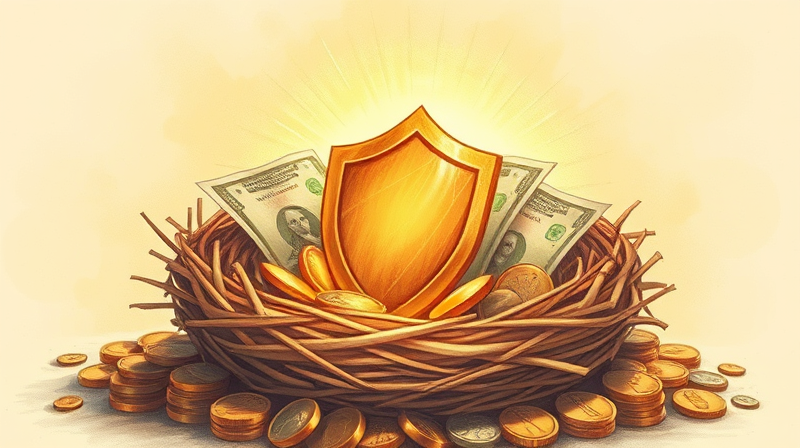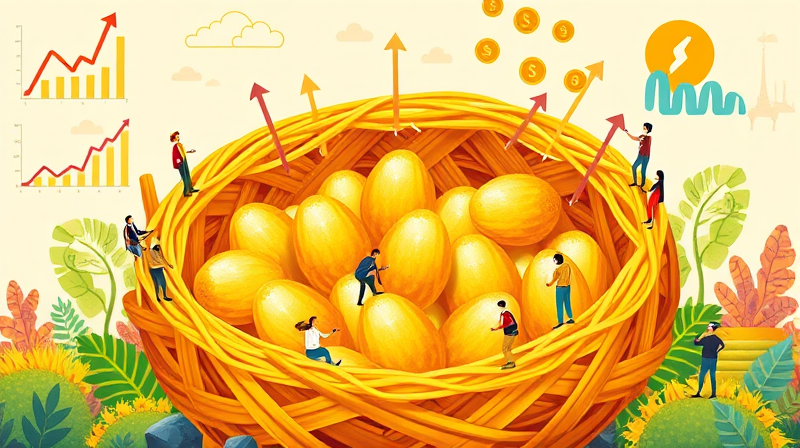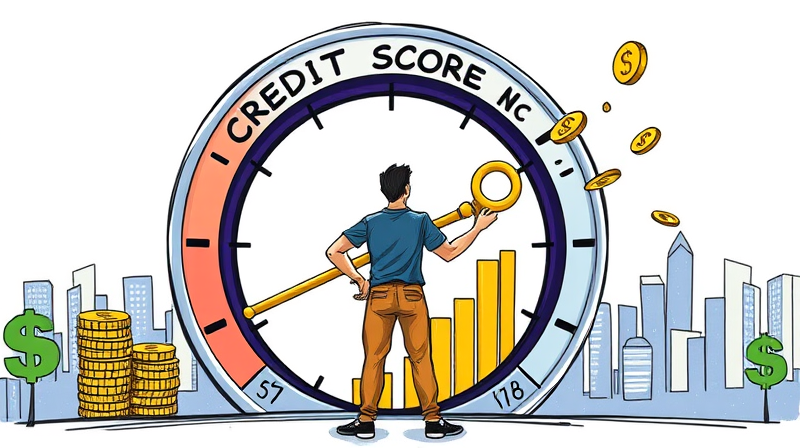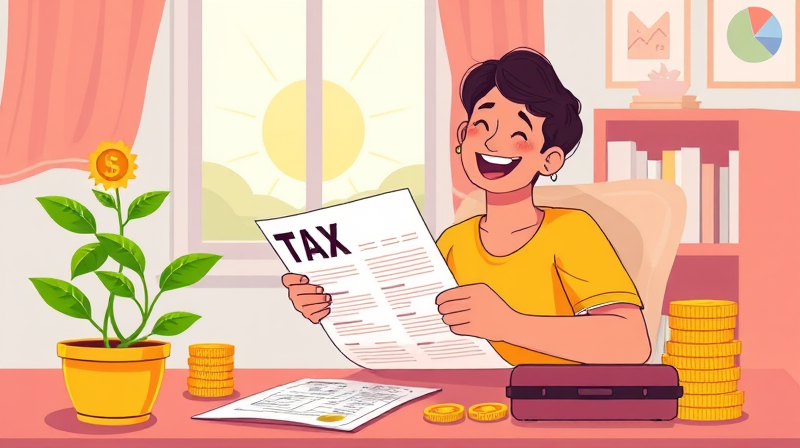
In today’s economic climate, the prospect of living debt-free can feel overwhelming. Yet with the right knowledge and a clear roadmap, breaking free from financial burdens by the end of 2025 is entirely within your reach.
By understanding the scale of national debt, crafting a personalized plan, and staying committed, you can transform your financial future and reclaim control.
As of June 2025, the gross national debt is $36.21 trillion, with debt held by the public is $28.95 trillion. That translates to about $106,447 per person or roughly $273,904 per household. On a personal level, the average American carries more than $100,000 in total debt, including an average credit card balance of $6,500 per person.
Over the past year, national debt rose by $1.56 trillion—an extra $4,582 for every individual. With credit card interest rates often exceeding 20%, and economic uncertainty looming, high debt balances can leave you vulnerable to emergencies and rising costs.
Before you can conquer your obligations, you must know them fully. Begin by gathering statements and credit reports to list all your debts: balances, interest rates, lenders, minimum payments, and due dates.
Organize this information into a clear table to visualize your obligations and spot high-cost accounts immediately.
This snapshot becomes the foundation for every decision you make going forward.
A realistic budget is your most powerful tool. Track all income and expenses to understand where your money flows. Aim to allocate funds purposefully, with a portion dedicated to necessities, another to savings, and the lion’s share toward debt repayment.
Consider employing budgeting apps or spreadsheets that automatically categorize spending. This allows you to spot unnecessary expenses and reassign that money directly toward your debts.
Selecting the right payoff method can accelerate your journey. Two proven approaches dominate:
If you have a credit card at 24.8% APR and a car loan at 7%, the avalanche method saves money, while the snowball method builds momentum through rapid account closures.
Refinancing replaces an existing loan with new terms—often lower interest or extended repayment periods. Personal loans, auto loans, and even mortgages can sometimes be refinanced to save hundreds each month.
Debt consolidation bundles multiple balances into a single loan. By rolling high-rate credit cards into a lower-rate personal loan, you simplify payments and lower your overall interest costs. Always compare fees and terms to ensure the new loan truly benefits your situation.
An emergency fund—even of just $500 to $1,000—can prevent you from adding to your debt when unexpected costs arise. As you ramp up repayments, continue to set aside a modest amount each month.
Maintaining this cushion guards against job loss, medical bills, and urgent repairs without derailing your progress.
Challenges will arise. Missed payments, surprise fees, or a sudden expense can shake your momentum. Stay vigilant by automating payments where possible and regularly reviewing your accounts.
If you find yourself overwhelmed, consider seeking professional credit counseling from a reputable nonprofit agency. Expert guidance can help you negotiate terms and stay on track.
Mapping out a month-by-month plan turns a daunting task into manageable steps. Here’s a sample roadmap to keep you focused:
By maintaining momentum and celebrating small victories, you’ll transform an overwhelming project into a series of achievable goals.
Becoming debt-free by 2025 offers more than financial relief. You’ll experience reduced stress, improved credit scores, and the ability to redirect funds toward retirement, home ownership, or life’s passions. Every dollar you reclaim brings you closer to long-term security and renewed confidence in your future.
Start today, stay disciplined, and fuel your journey with optimism. In just months, you can look back and marvel at the progress you’ve made, knowing that a debt-free life is not just a dream—but a plan in action.
References













